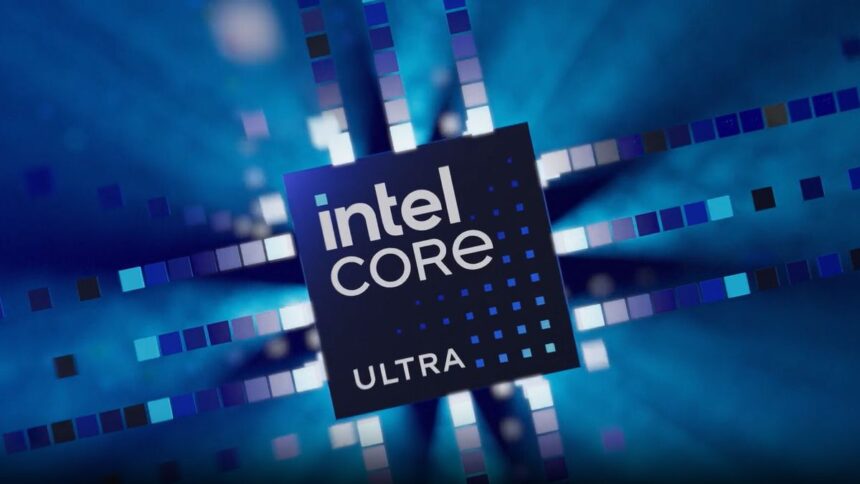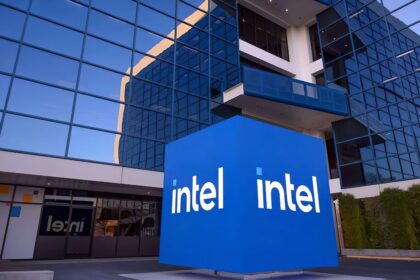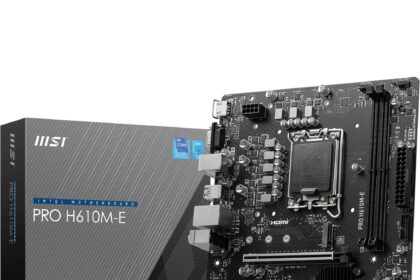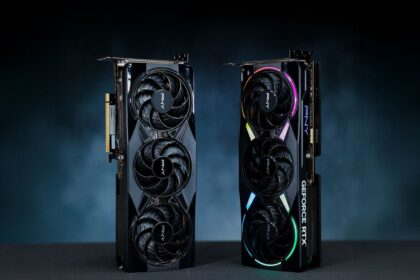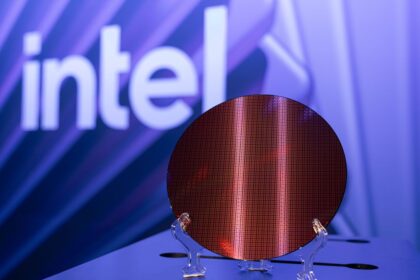Intel’s next generation of desktop processors, Nova Lake, expected in 2027, is already appearing in Linux code updates — and with it, clues about the company’s next leap in AI acceleration.
According to the notes from a recent Linux kernel patch, Intel is introducing support for a new “NPU6” (Neural Processing Unit), confirming that Nova Lake will feature an upgraded AI engine. The patch description reads:
“Adds support for the NPU6 generation that will be present in Nova Lake CPUs. As with previous generations, it maintains compatibility, so there are no major functional changes.”
While Intel hasn’t yet revealed any official specs, this confirms that the company is already preparing the groundwork for the post-Panther Lake era — and that AI performance will continue to be a central focus.
Building on Panther Lake’s NPU5
Intel recently confirmed that Panther Lake, launching in early 2026, will feature the new NPU5, offering up to 50 TOPS of AI performance — slightly below AMD’s Ryzen AI 300 series, which delivers around 55 TOPS.
However, given Nova Lake’s expected jump to desktop-class silicon, analysts anticipate performance exceeding 55 TOPS, potentially achieving significant gains in throughput and bandwidth thanks to larger die sizes and power envelopes.
Intel has described NPU5 as a major efficiency overhaul, delivering 40% more TOPS per area compared to Lunar Lake’s NPU4, while incorporating three neural processing engines and native FP8 precision support.
If this pattern continues, NPU6 should bring both higher efficiency and expanded AI capabilities aimed at local inference workloads and on-device AI acceleration across productivity, creative, and gaming applications.
What to Expect from Nova Lake
While Intel has not released official architectural details, leaks and early documentation suggest that Nova Lake will be a clean-sheet redesign, introducing:
- A larger cache subsystem comparable to AMD’s Ryzen X3D lineup;
- A high core-count hybrid architecture with next-gen performance (P) and efficiency (E) cores;
- A new GPU design, merging Xe3 (debuting with Panther Lake) and Xe4 technologies;
- Versions for both desktop and mobile platforms.
Nova Lake will follow Intel’s strategy of integrating AI acceleration natively across CPU, GPU, and NPU, reflecting the company’s broader “AI PC” and “AI Everywhere” roadmap through 2027.

